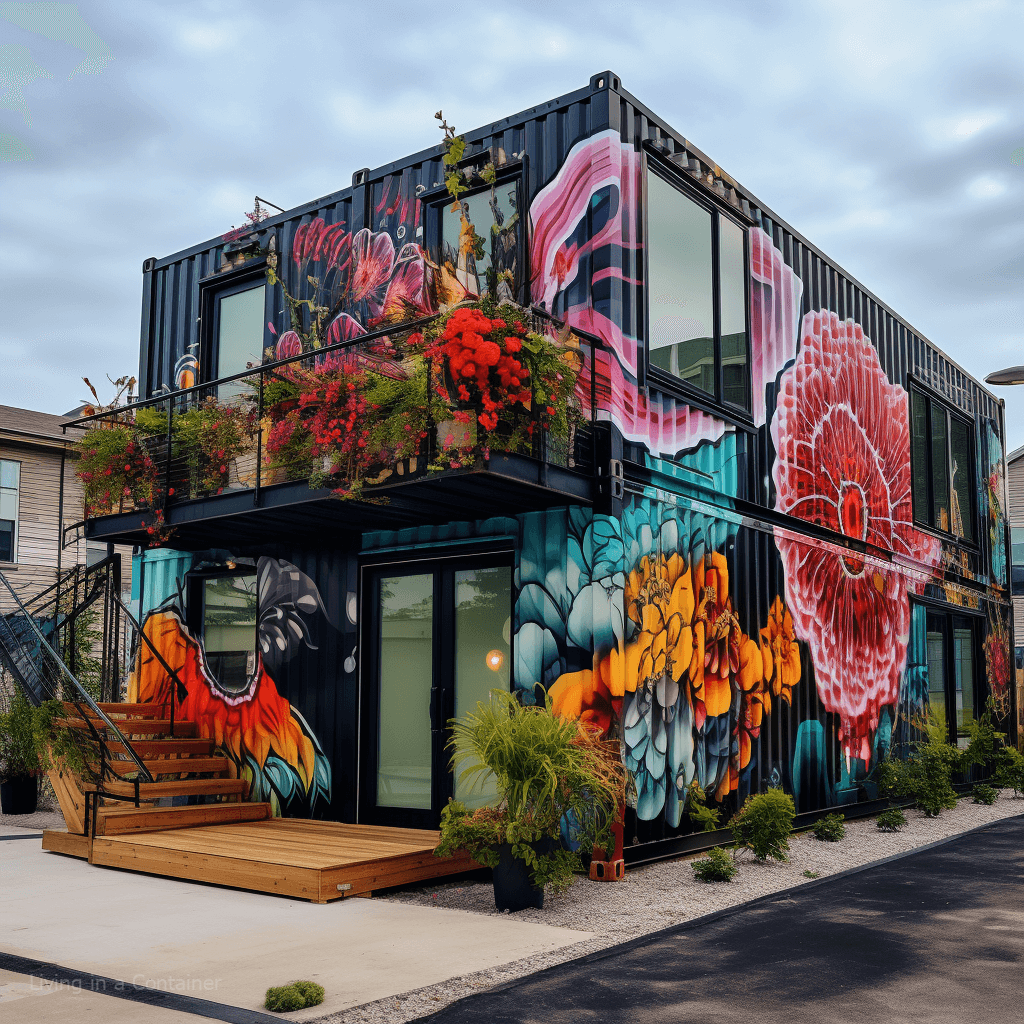The container home lifestyle has captivated approximately 1 million people worldwide. This article aims to dissect the reasons behind this trend, supported by a wealth of statistics and real-world numbers.
Financial Aspects
Traditional Home Costs
- Median Home Price in the U.S. (2022): $374,900
Traditional homes have become increasingly expensive, making homeownership unattainable for many. - Average Mortgage Rate: 3.5%
Mortgage rates add to the long-term costs of traditional homes. - Average Monthly Mortgage Payment: $1,680
Monthly payments can be a financial burden for many families.
Container Home Costs
- Average Cost to Build: $40,000 – $60,000
Container homes offer a more affordable entry point into homeownership. - Average Monthly Maintenance: $100
Lower maintenance costs contribute to long-term savings. - Cost Savings: 60-70% compared to traditional homes
The cost-effectiveness of container homes is one of their most attractive features.
ROI (Return on Investment)
- Average Resale Value: $75,000
Container homes also offer a decent return on investment. - Average ROI: 25-35%
The ROI further justifies the initial costs.
Sustainability Metrics
Traditional Home Environmental Impact
- Average Carbon Footprint: 80 tons of CO2
Traditional homes contribute significantly to carbon emissions. - Average Material Use: 16,000 board-feet of lumber, 14,000 square feet of sheathing, etc.
The material consumption in traditional homes is quite high.
Container Home Environmental Impact
- Average Carbon Footprint: 16 tons of CO2 (20% of traditional homes)
Container homes are far more eco-friendly. - Material Savings: Reusing a shipping container saves approximately 3,500 kg of steel
Repurposing containers contributes to material conservation. - Energy Efficiency: 40-60% more energy-efficient
Smaller spaces and efficient insulation lead to energy savings.

Design Flexibility and Customization
- Average Time to Build: 2-3 months
Container homes can be built much faster than traditional homes. - Customization Options: Over 200 design configurations possible
The modular nature allows for extensive customization. - Expandability: 80% of container homeowners expand their living space within 5 years
Container homes can grow with your needs.
Mobility and Location
- Relocation Costs: $5,000 – $10,000
Moving a container home is relatively inexpensive. - Number of Moves: 30% of container homeowners relocate at least once
The mobility of container homes offers a unique advantage. - Popular Locations: 45% in rural areas, 30% in suburbs, 25% in urban settings
Container homes are versatile in terms of location.
Community and Lifestyle
- Co-living Spaces: 15% of container homeowners live in communities
Shared amenities foster a sense of community. - Tiny House Movement: 60% cite minimalism as a significant factor
The minimalist lifestyle is a big draw for many. - Average Age of Container Homeowners: 30-45 years
Younger generations are more open to this unconventional lifestyle.
Market Growth and Future Projections
- CAGR (Compound Annual Growth Rate): 6.5% from 2021 to 2026
The market for container homes is expected to grow steadily. - Projected Market Size by 2026: $73 billion
The financial potential of the market is substantial. - Adoption Rate: Expected to increase by 20% in the next five years
More people are expected to adopt this lifestyle in the near future.
Conclusion
The numbers make it clear: container homes are not just a trend but a viable, future-forward housing solution. They offer significant advantages in terms of cost, sustainability, and lifestyle flexibility, making them an increasingly popular choice for modern living.
You may love to read!
5 Container Home Mistakes Everyone Makes – and How to Avoid Them
